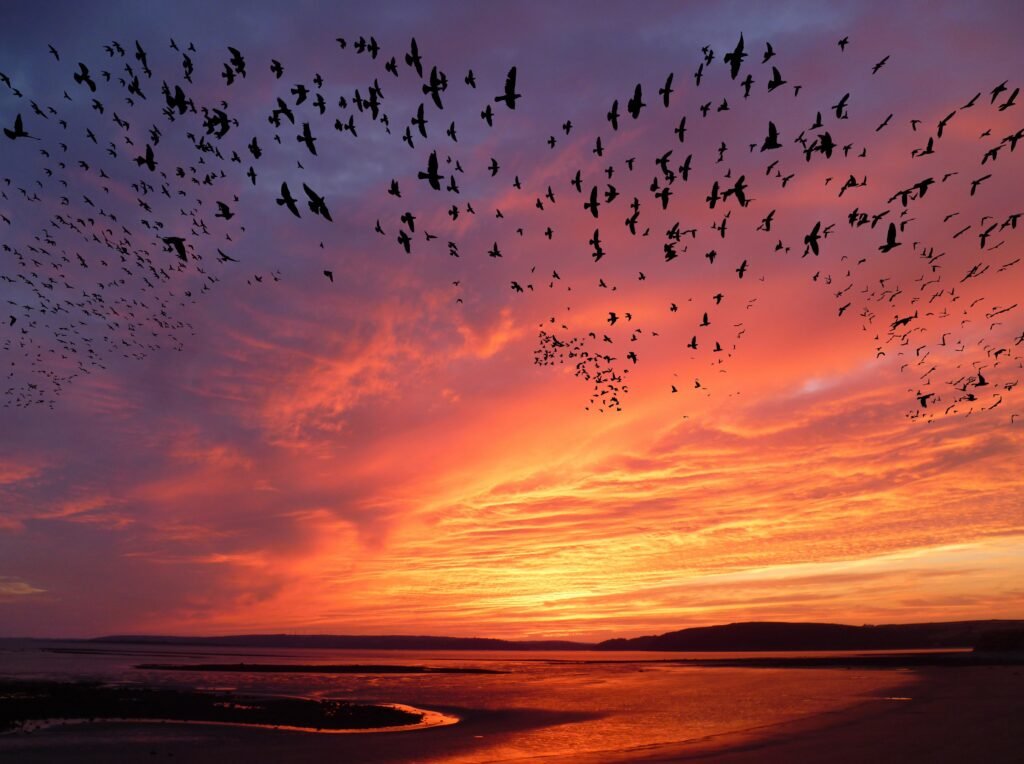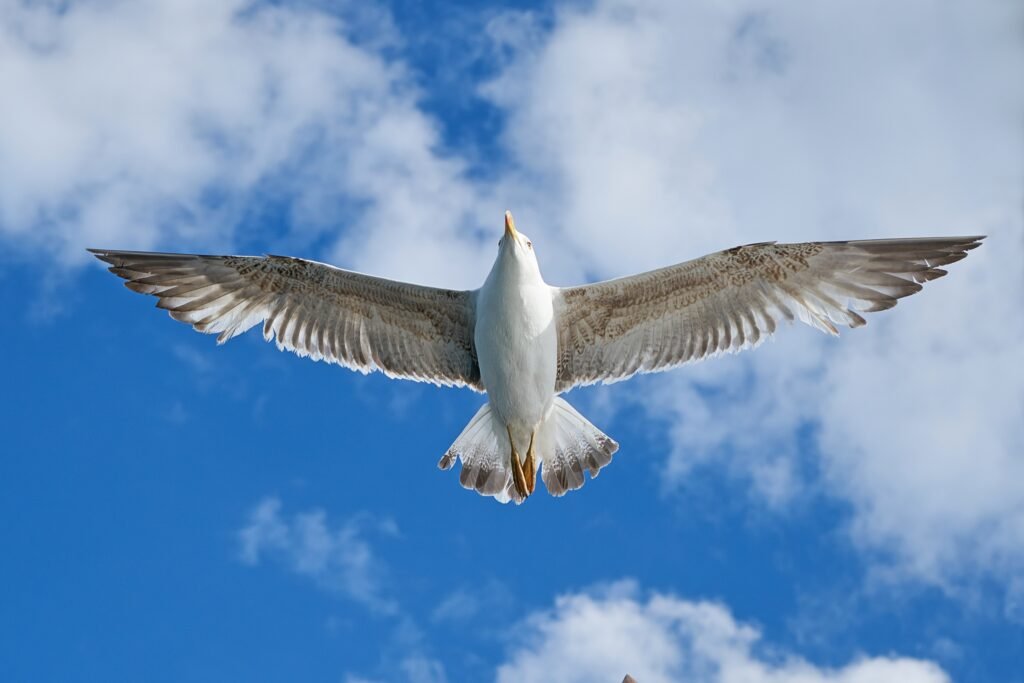
Introduction
Bird migration is one of nature’s most awe-inspiring phenomena. Every spring and fall, millions of birds embark on long, perilous journeys between their summer breeding grounds and wintering areas. These epic migrations span thousands of miles and involve various species, each with its unique story. In this article, we delve into the fascinating world of bird migration, exploring the reasons behind these incredible journeys and their impact on our global environment.
The Marvel of Migration
Why Do Birds Migrate? Migration is driven primarily by the availability of food. As seasons change, birds follow established flyways—north-south routes that offer rest and refueling opportunities. Most migratory flights occur at night, guided by the moon and stars. Some species, like Arctic terns, undertake pole-to-pole roundtrips spanning over 60,000 miles—the world’s longest migration by any animal. Whether flying east-west or navigating mountain ranges, birds adapt to diverse challenges during their journeys.

World Migratory Bird Day
Celebrating Our Feathered Travelers: World Migratory Bird Day, observed annually, honors these avian adventurers. Bird watchers and nature lovers come together to appreciate the resilience and beauty of migratory species. It’s a day to raise awareness about conservation efforts, habitat preservation, and the importance of protecting these remarkable travelers.
Some Interesting Facts about Bird Migration
- Incredible Navigation Skills: Migratory birds can navigate across vast distances using various cues, including the position of the sun, stars, Earth’s magnetic field, and even landmarks. Some species, like the Arctic tern, can travel from the Arctic to the Antarctic and back, covering over 60,000 miles in a single year.
- Non-Stop Flights: During migration, some birds undertake non-stop flights lasting several days. For instance, the bar-tailed godwit flies continuously for up to 7,000 miles from Alaska to New Zealand without rest or food.
- High Altitude Flyers: The bar-headed goose holds the record for flying at the highest altitude during migration. It crosses the Himalayas at altitudes of over 29,000 feet!
- Magnetic Compass: Birds have specialized cells containing magnetite (a magnetic mineral) in their beaks. This helps them sense Earth’s magnetic field and use it as a compass.
- Leapfrog Migration: Some bird species engage in leapfrog migration. For example, the American golden plover breeds in the Arctic and winters in South America. The young birds migrate southward ahead of the adults, leapfrogging their way down the continent.
- Global Impact: Migratory birds play a crucial role in ecosystems by dispersing seeds, controlling insect populations, and pollinating plants. Their movements connect distant habitats and contribute to biodiversity.

Conclusion
Bird migration remains a testament to nature’s ingenuity. As we marvel at their flights, let’s also recognize our role in safeguarding their habitats. By understanding and appreciating bird migration, we can contribute to the conservation of these winged wonders and the global environment they inhabit.
Remember, whether you’re a seasoned birder or a curious observer, the skies hold stories waiting to unfold—tales of survival, endurance, and the magic of flight.
